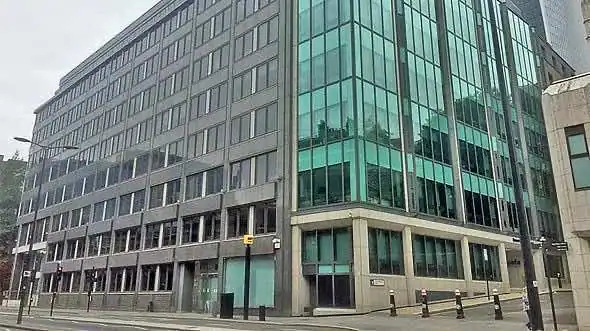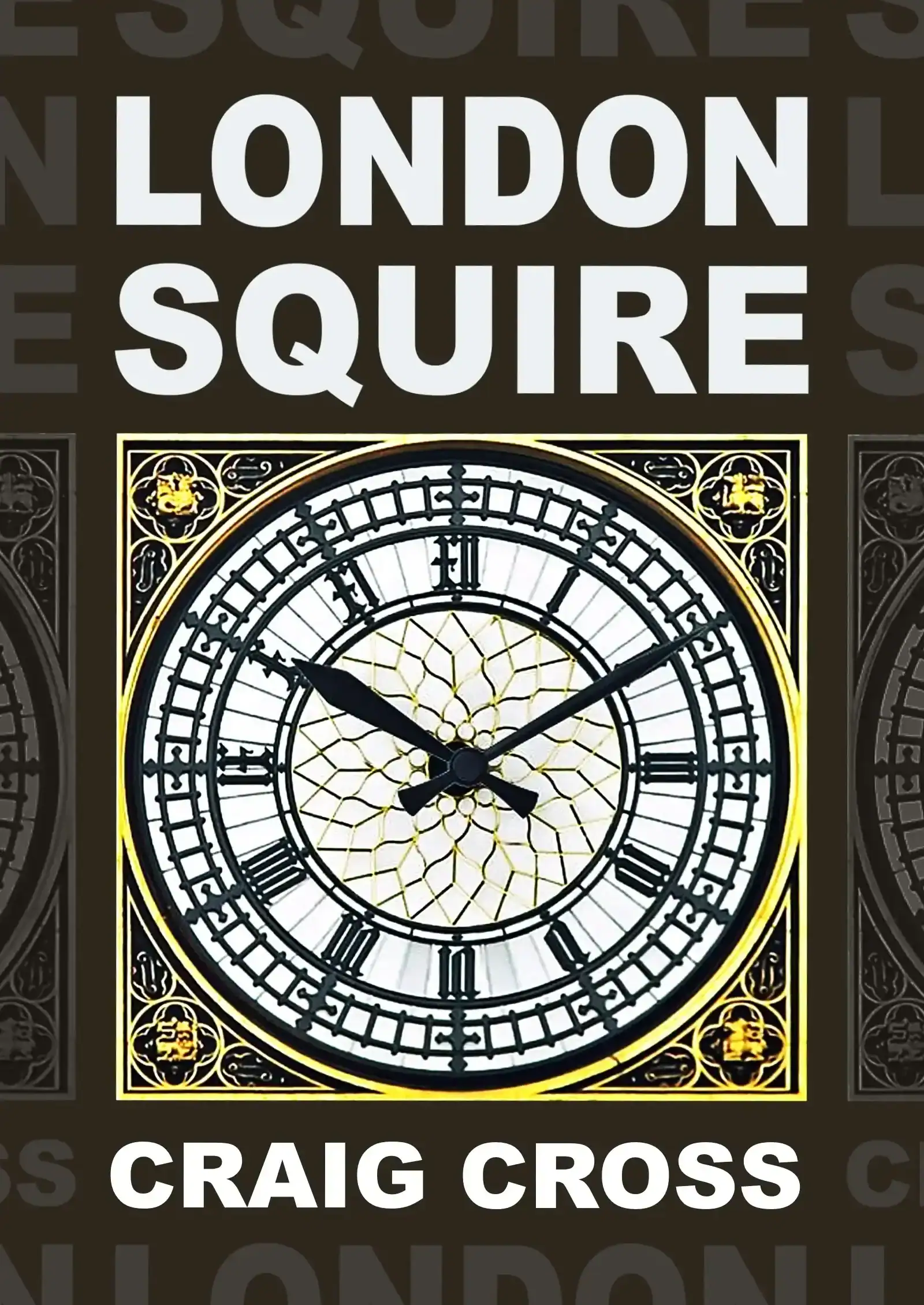
Considering that the Romans lived here for 350 years and built us a forum, fort, basilica, baths, and even a little amphitheatre, I’ve always found it rather disappointing that there’s so little of Londinium left. If you want to see what remains of Roman London nowadays then you typically have to file down a flight of stairs where you’ll be lucky to find a few bits of brick and maybe the shape of a drain in a basement. Roman London is under London. And if you want to see it then that’s where you have to go. I don’t normally get up early on a Sunday morning (I didn’t even know that Sunday morning existed) but they open some up at the weekend so I thought I’d check it out.
The Billingsgate Roman House is underneath a modern office block and when you step inside the front door you have to sign your name in a book and then stand around in a waiting pen until the rest of your time-slot group turns up (there’s always somebody who turns up five minutes late). Then the guide huddles everybody around a street map that’s been blu-tacked to a filing cabinet and gives you a potted history of the city.
Roman villa in Londinium
She’ll explain that the remains date back to the year 200 AD when a rich old Roman decided to build himself three wings around a courtyard, install some underfloor heating, put in a bath, maybe a few mosaics… who knows… the archaeologists are just guessing for half of it because it only partially survives. Everybody will be itching to see the ruins by the time she’s finally finished and it will feel like the cupboard door to Narnia when you finally get led downstairs – like a portal to the ancient world. What treasures will you find down there? What will you see? Will there be gold? Maybe some painted frescos on the wall?
Er… no. What you’ll actually find is a room that has all the atmosphere of an underground car park. There are buzzing strip lights, pipes and wires attached to the wall and you’ll be walking across metal platforms that have been suspended six feet off the floor with scaffolding poles. It looks like a boiler room still waiting to be built. And underneath your feet are the busted bricks of Roman London. It’s quite bizarre really.
Roman bath house and hypocaust tiles
The guide troops everyone around the metal walkways while describing the layout of the building. You basically have to take her word for it in the east wing because it looks more like a bomb site, but the north wing is fairly well preserved with all the ruined rooms of the bath-house. There’s a cold room (frigidarium), warm room (tepidarium) hot room (caldarium), plus a water cistern and a pile of hypocaust tiles that once held up the floor.
The Romans certainly knew how to have a bath. Can you imagine us having an hour-long soak before work these days? For us it’s a quick five-minute shower and out the door with our shirt roughly stuffed into our trousers as we run for the bus. When the archaeologists dig us up in a thousand years time all they’re going to find is a plastic toothbrush and a stainless steel sink. No murals or mosaics for them. Just a tatty bit of lino and a plastic bog brush with the bristles missing. The Romans had cold rooms, warm rooms, hot rooms, dip pools, massage tables… they really went to town with it. But I suppose when you live in an age without computers and TV what else are you going to do? You may as well have an hour-long bath.
One of the most interesting exhibits is a little brooch that was found buried amongst the debris. Apparently a Saxon lady was rooting around the already ancient remains and dropped her little bit of bling in the rubble. So in a way she was behaving exactly like us: having a nose around the ruins to see what she could see. I wonder if she got up early on a Sunday morning as well?
Saxon brooch in the archaeological remains
When you see that brooch you’ll start appreciating just how old it all is. The archaeologists think that the house was completed sometime in the 3rd-century and carried on standing for another two hundred years after that, so about a century before she dropped it. Let’s just ponder on that for a minute… when the Romans abandoned Londinium to the riverside weeds and trees it would be another six centuries before William the Conqueror built the Tower of London next-door, and another six centuries again before the Great Fire of London levelled everything up to St. Paul’s.
Wind time on a further three centuries and you’d have seen the Luftwaffe dropping bombs on it, and seventy years after that me and you turned up. That’s how much history has passed since a rich Roman was living in this house.
If you enjoy this then try London Mithraeum (you can walk it in 7 mins) and Museum of London (walk it in 18 mins or catch a tube from Monument to Barbican). The remains of the London’s amphitheatre can be found in the basement of the Guildhall Art Gallery, and there is a piece of old Roman pavement in All Hallows by the Tower. You might like to try my self-guided walk around Roman London as well. And if you don’t mind taking a day trip outside of London then try the city of Bath
 The author Craig Cross owns city-guide.london and has spent the last decade reviewing the capital’s landmarks, attractions and hotels. His guidebook London Squire is available from Amazon
The author Craig Cross owns city-guide.london and has spent the last decade reviewing the capital’s landmarks, attractions and hotels. His guidebook London Squire is available from Amazon
Your comments and questions
Rob A great place to visit. It was a total surprise to me to see such extensive ruins in the basement of a building. It made me wonder how many other ruins are lying under the streets just waiting to be discovered.
PHart We thought this was very interesting if rather small, and we recommend visiting the Museum of London if you are interested in the Roman era of London
Leave a comment